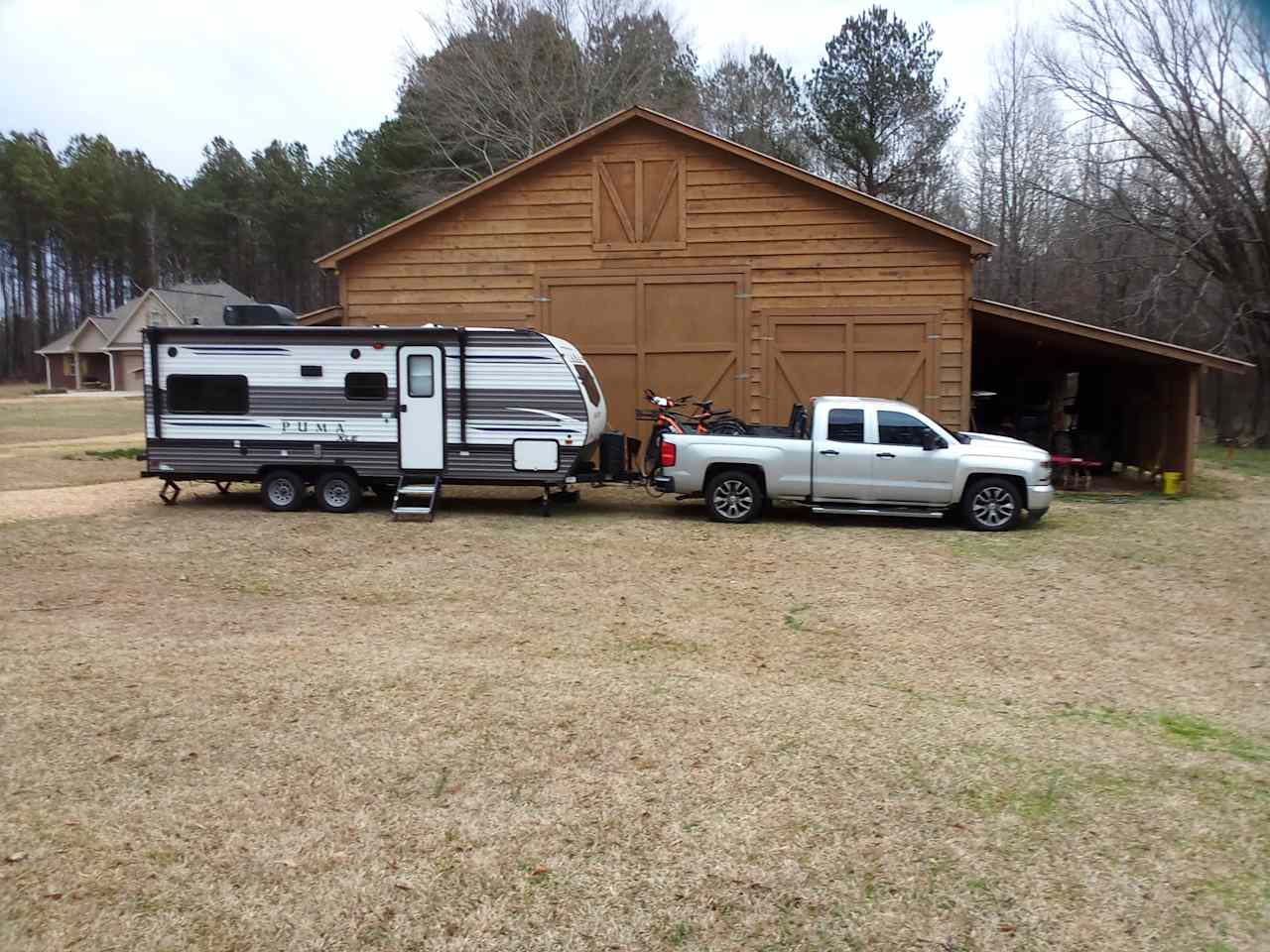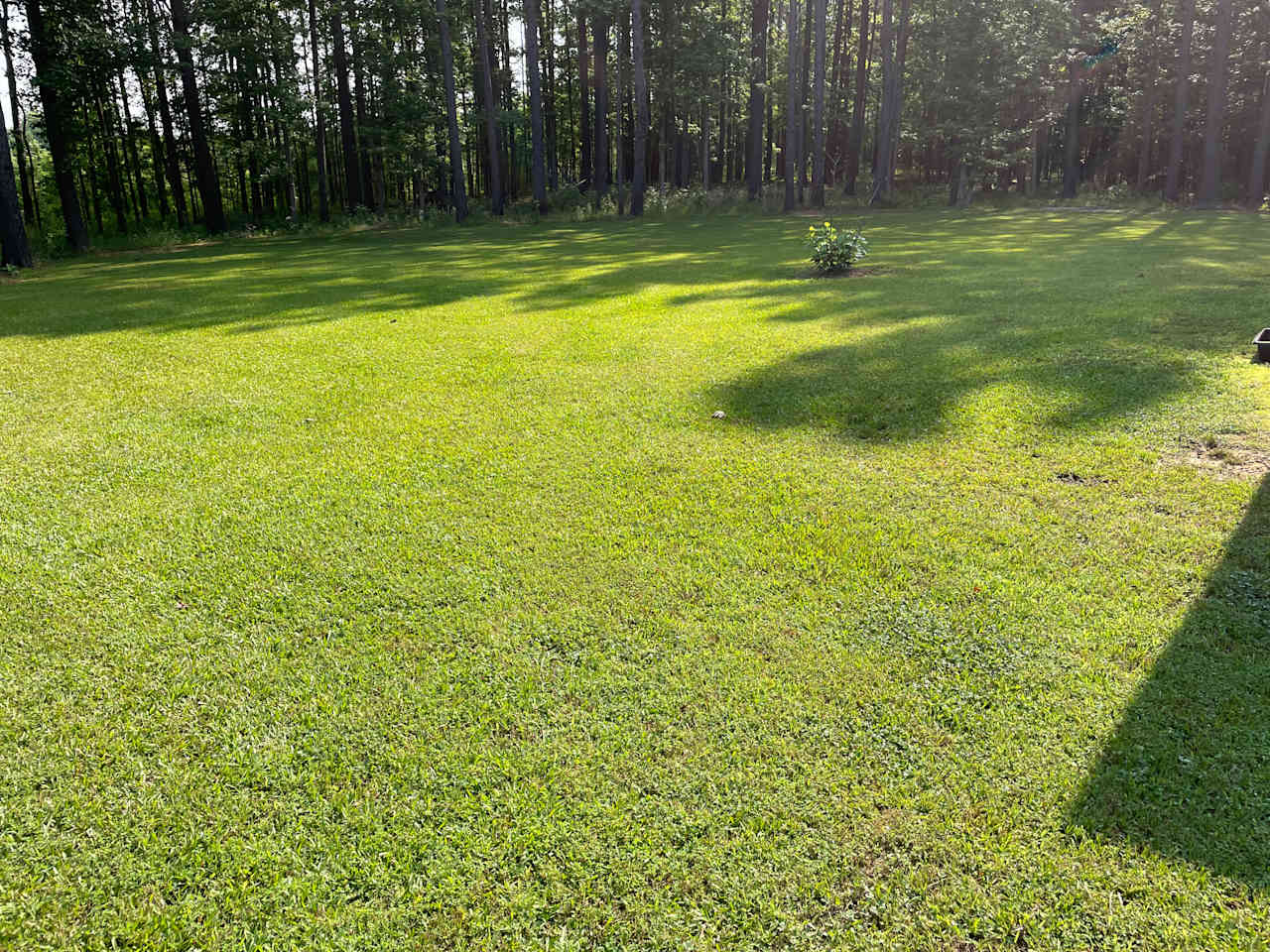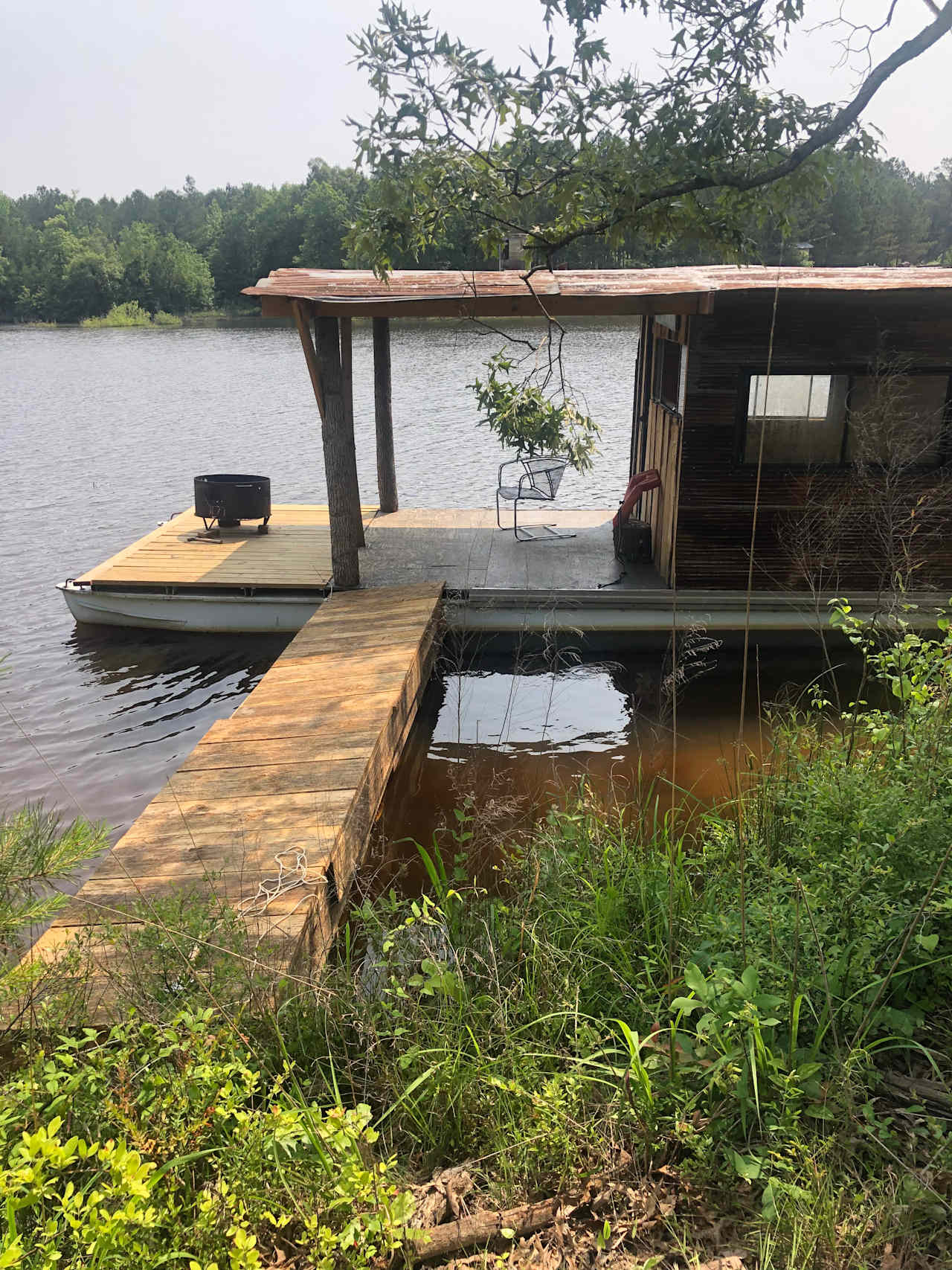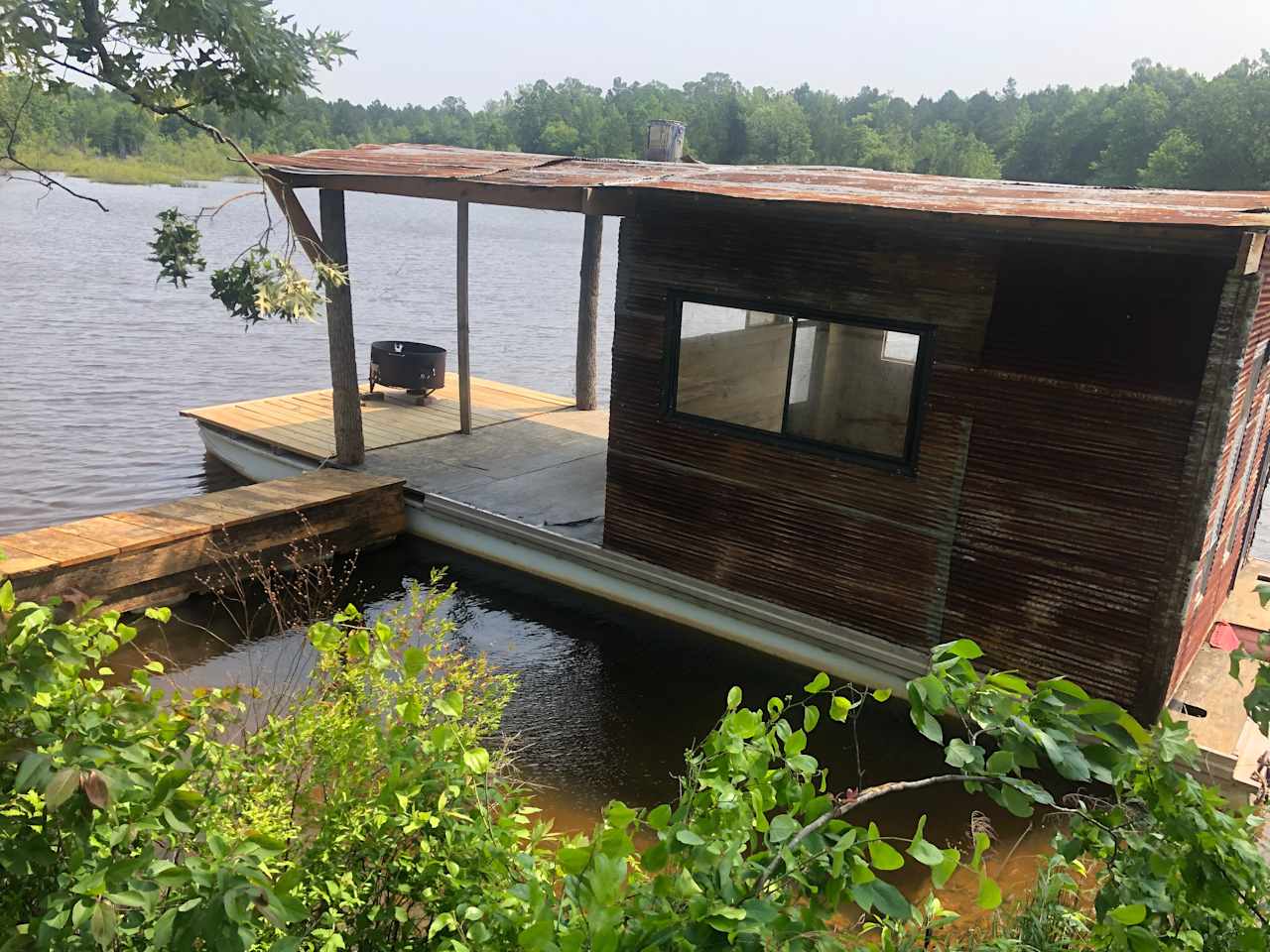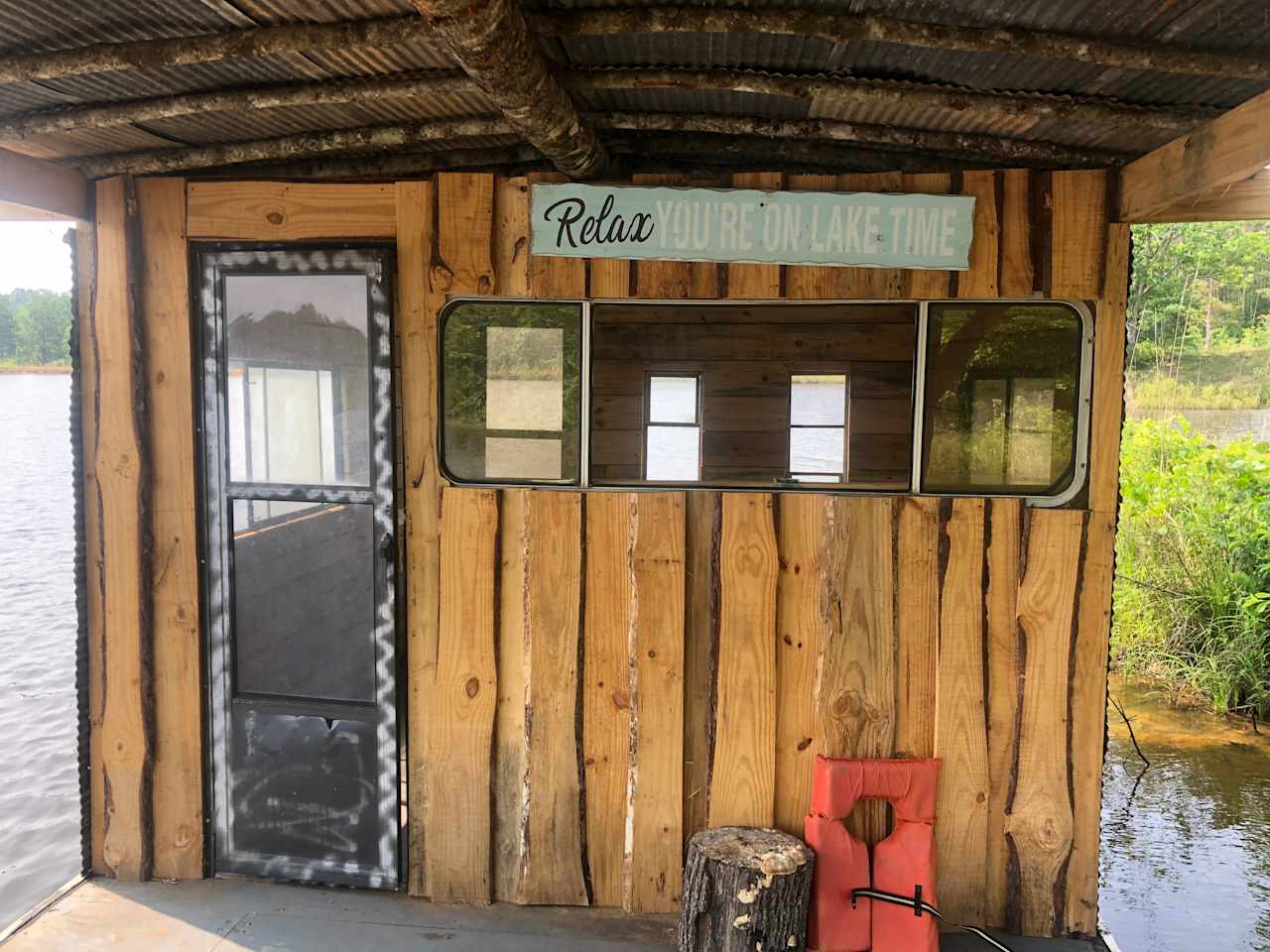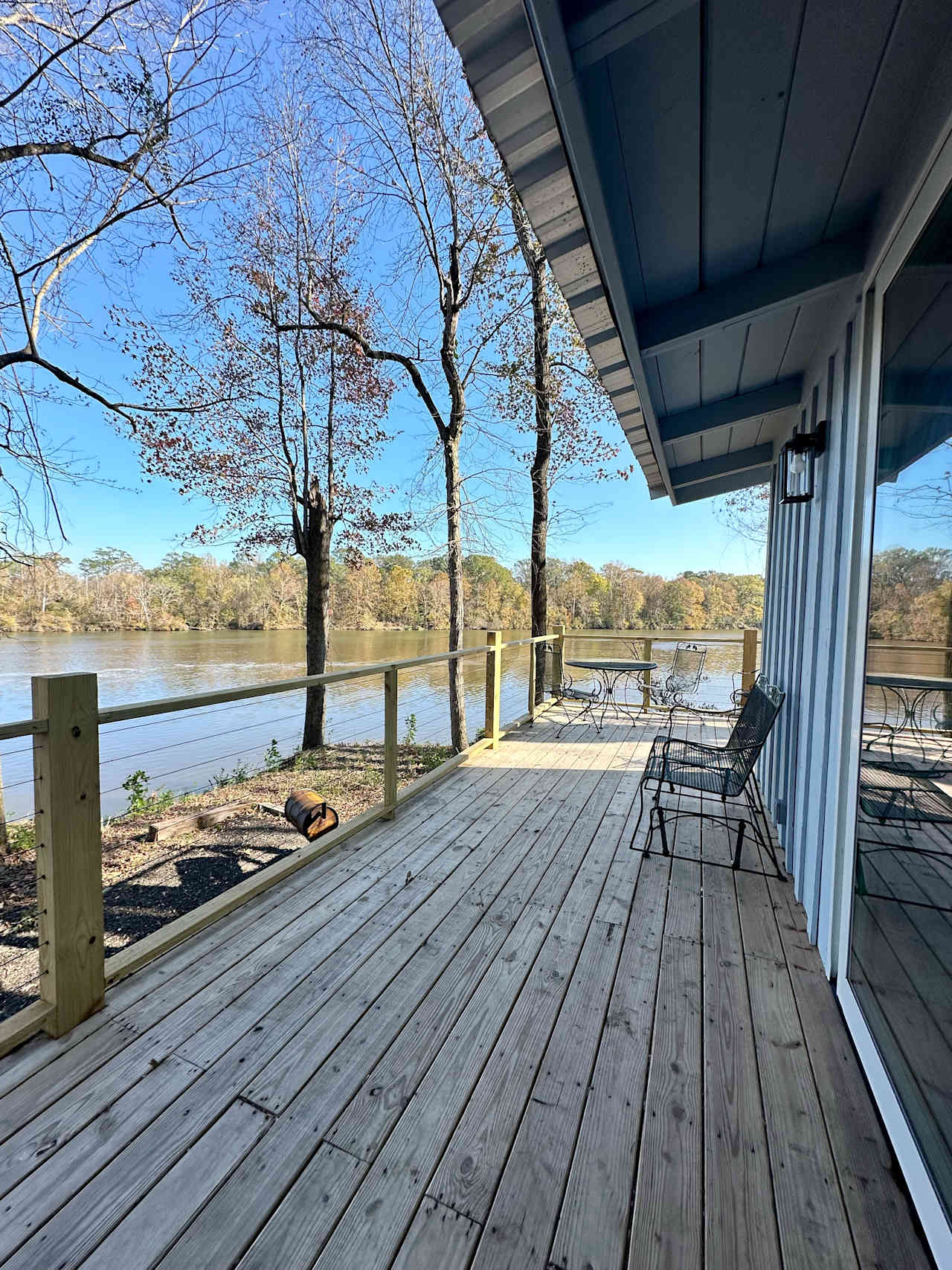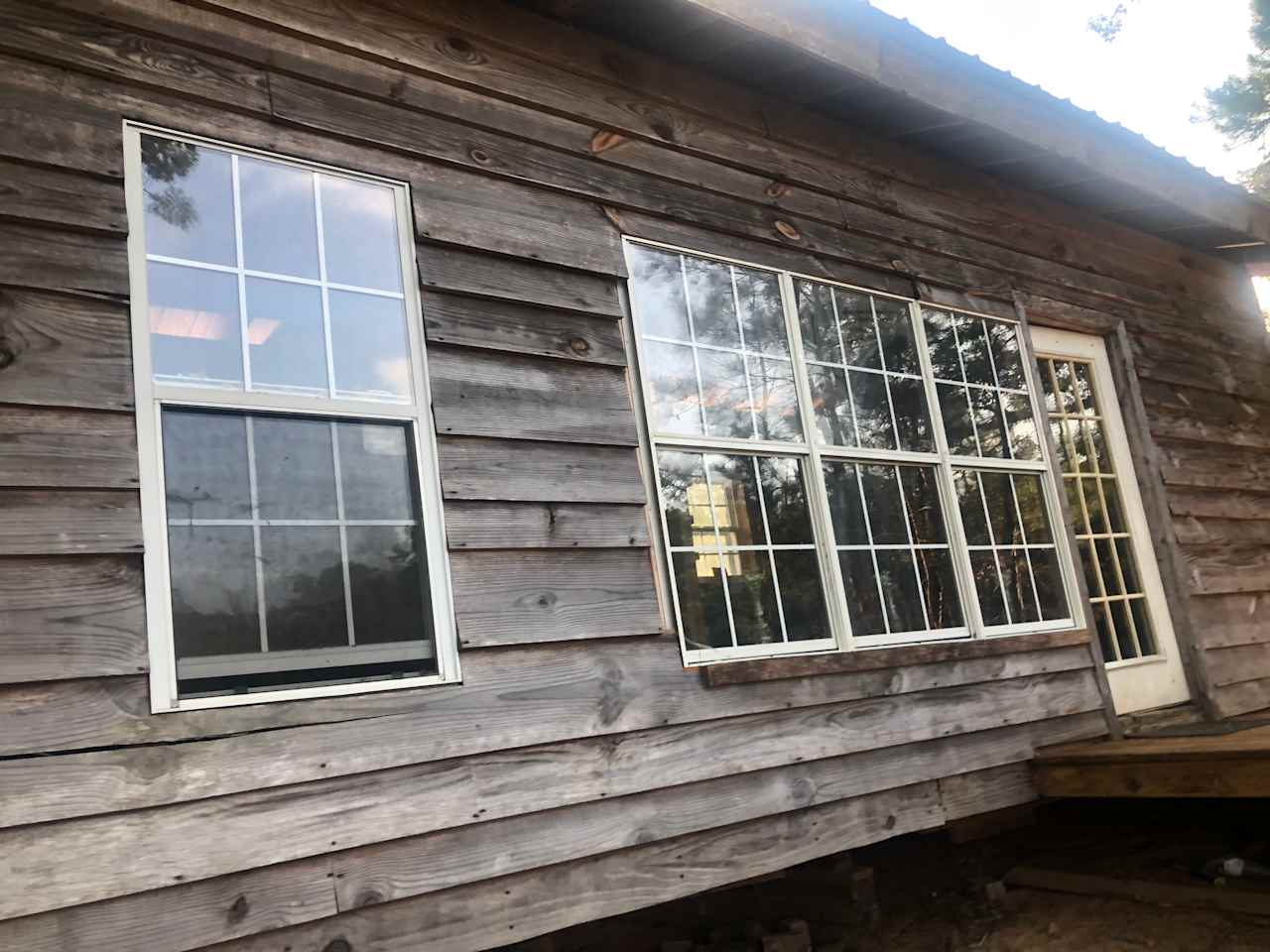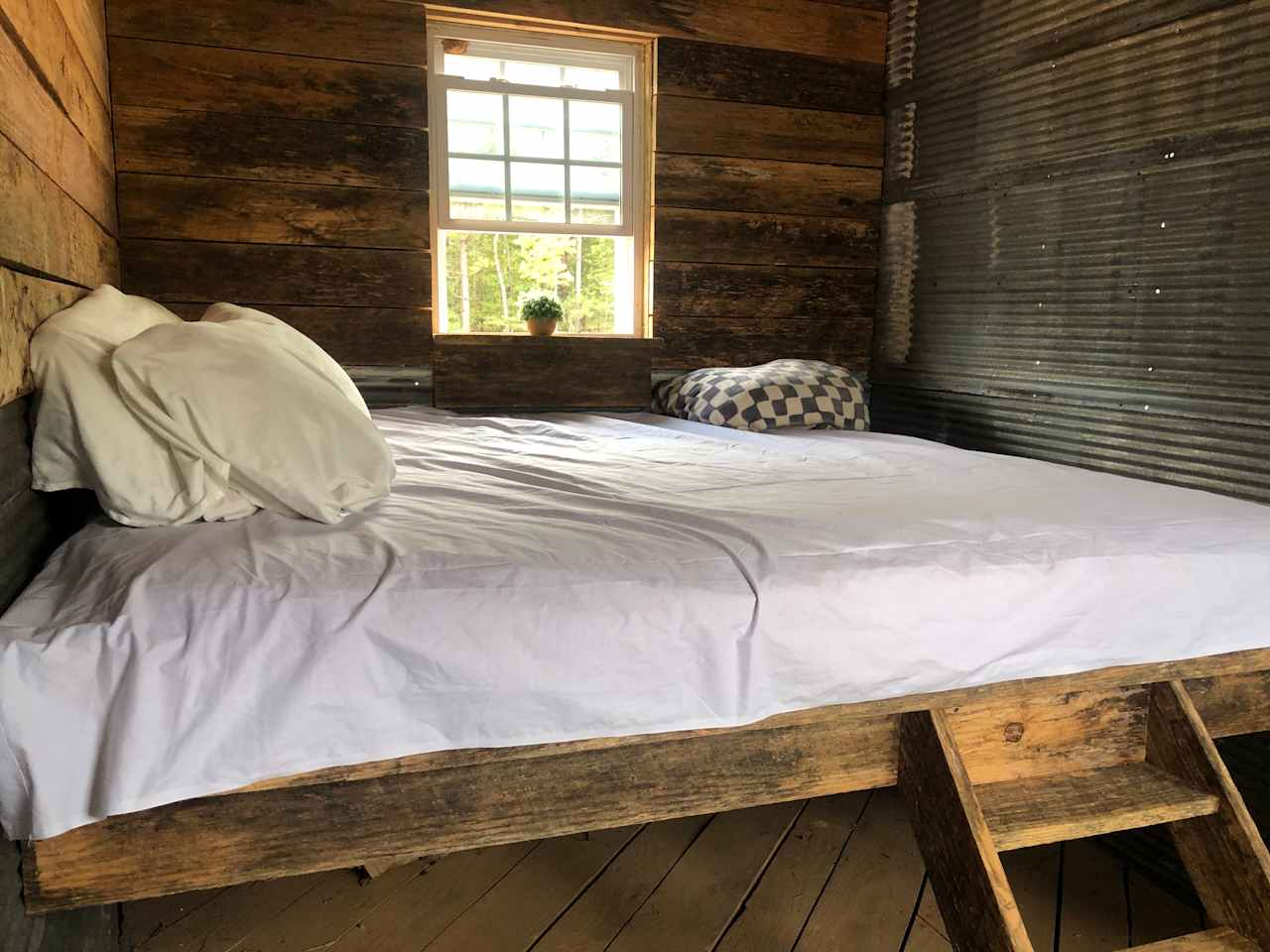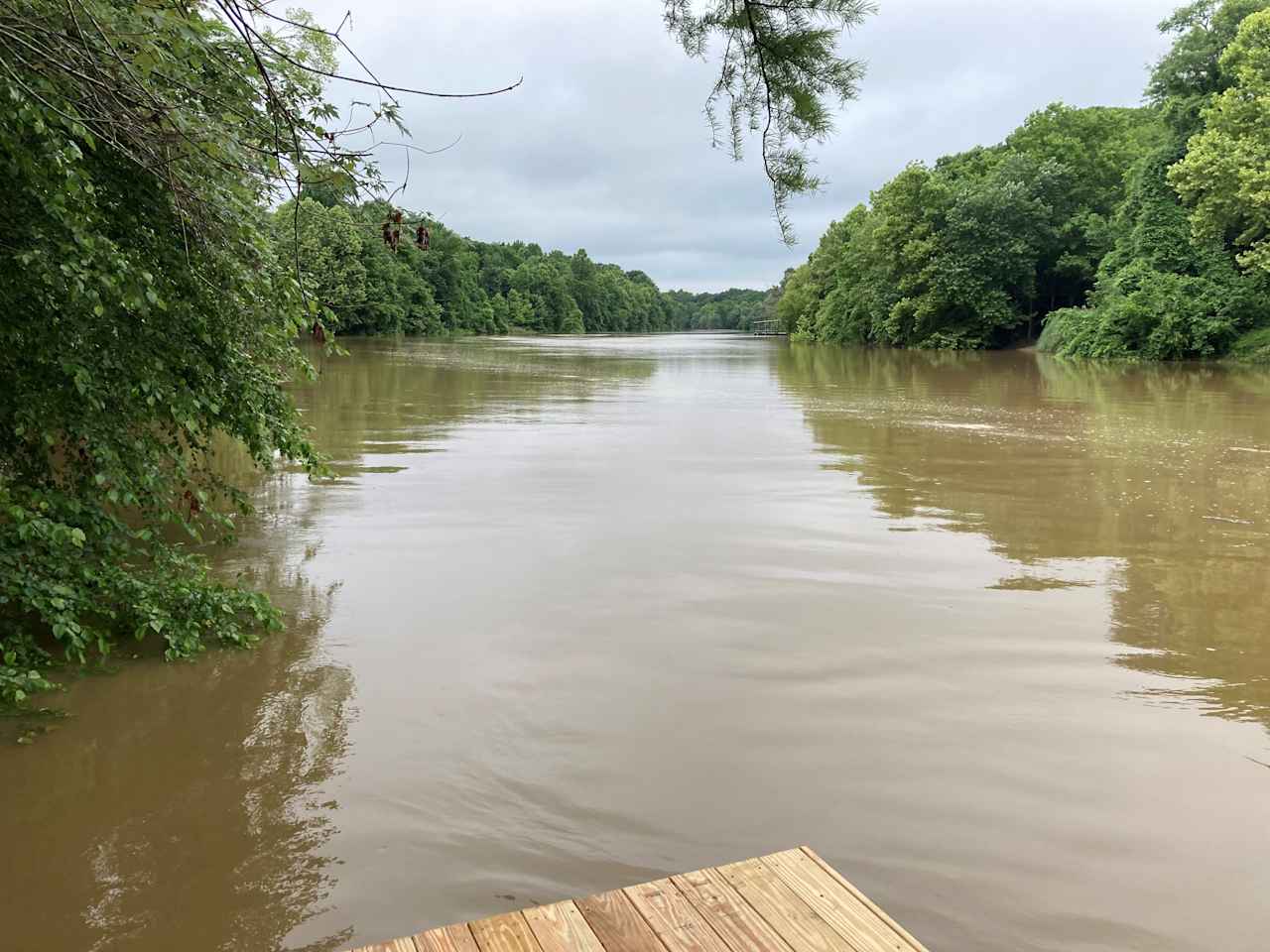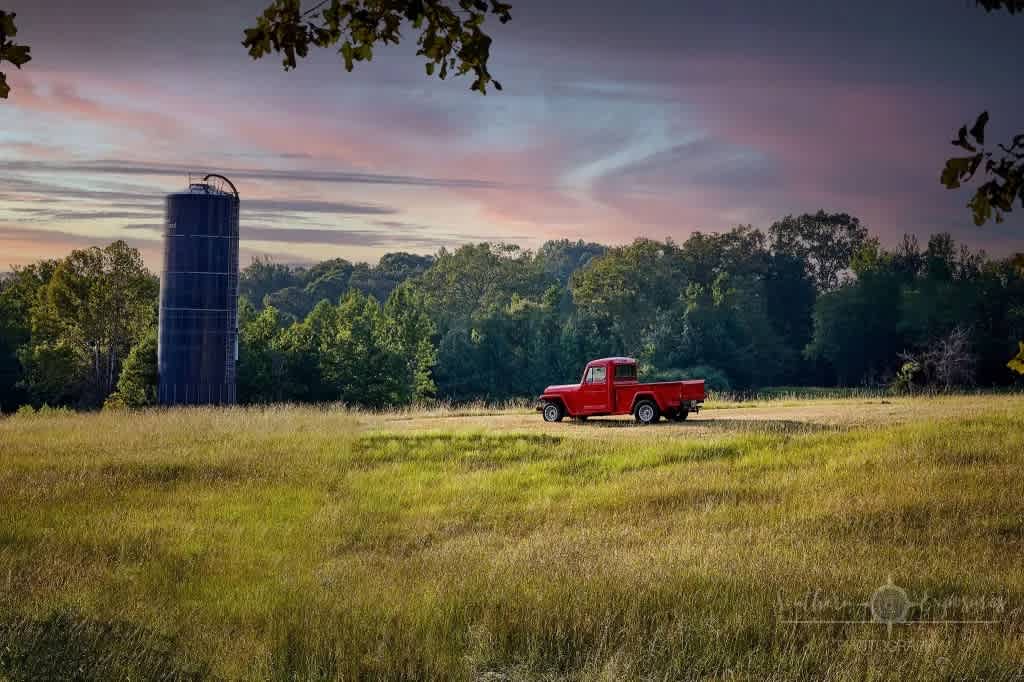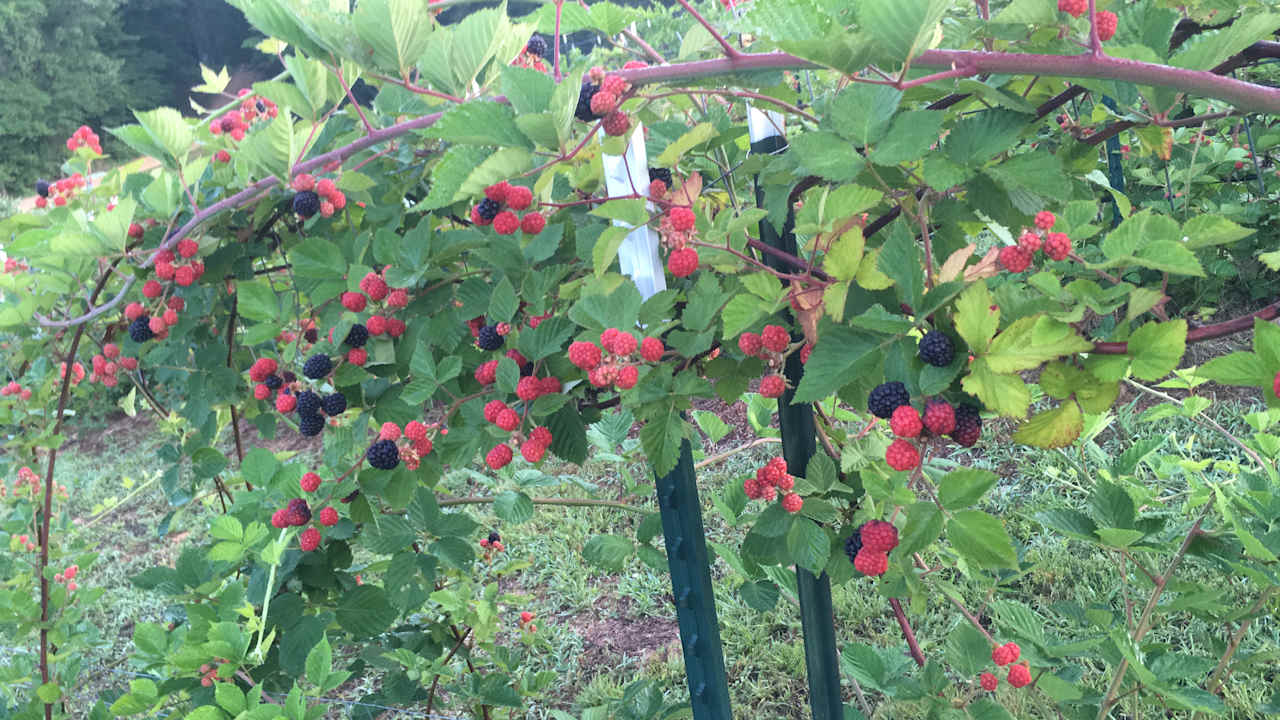The best camping near Natchez Trace Parkway
Discover the most magical spots to pitch your tent or park your rig on your next Natchez Trace Parkway adventure.
Popular ways to camp
Community favorites near Natchez Trace Parkway
Top-rated campgrounds reviewed by the Hipcamp community.
HughsBarn
Savannah Lake Camping
River Edge Retreat
Savannah Lake Cabin
Island Camping on Tenn Tom River
Public campgrounds in the parkBook externally
Stay at a public campground in Natchez Trace Parkway
Top-rated campgrounds near Natchez Trace Parkway
Moon Lake Farm - Camp, Fish, Relax
Twin Lakes
Ruth's Living Dream
The best camping near Natchez Trace Parkway guide
Overview
About
The Natchez Trace follows a 450-mile route through three states. Driving on this parkway gives you an opportunity to explore an ancient migratory route. Native Americans, European settlers, Civil War troops, and future presidents all followed this trail at one time or another.
Luckily, you can motor this 10,000-year-old pathway instead of walking the entire way. Start in Nashville, Tennessee at the northern end or go for Natchez, Mississippi, in the southern portion. In between, you might go through the northwestern corner of Alabama. There are plenty of hiking trails, campsites, bike trails and scenic overlooks along the route. Autumn is a perfect time to see fall foliage in mid- to late October.
The Natchez Trace follows the western boundary of the Ross Barnett Reservoir in Mississippi. Put in your own boat to spend time on the water or go fishing. A mountain bike trail tests your acumen on two wheels, while 16 parks and five campsites let you enjoy nature in all of its glory.
Scenic opportunities include mountainous terrain and foothills, plenty of waterfalls along lazy creeks, old-growth forests and the famous Sunken Trace. Sunken Trace shows the popularity of the path as it goes between a narrow corridor of two trees leaning on each other. Several hikes are just a couple of miles long and close to the highway. Other hikes are longer and more strenuous, which means you can plan several day hikes close by each other or one hike that lasts all afternoon.
When to go
The Natchez Trace Parkway is a year-round destination, but spring and fall offer the most temperate weather, ideal for outdoor activities. Summer brings lush greenery but also higher temperatures and humidity. Winter is mild, though some facilities may have reduced hours. Avoid peak holiday weekends for a more serene experience.
Know before you go
- Check the Parkway Visitor Center near Tupelo, MS, open from 9am to 4:30pm daily, for information and assistance.
- Stay informed about weather conditions and potential closures before your visit.
- Remember, the visitor center is closed on Thanksgiving, December 25th, and January 1st.
- For safety, familiarize yourself with the rules of the road and trail etiquette.
- Accessibility varies across the Parkway, so plan accordingly to ensure a comfortable visit.
Top cities near Natchez Trace Parkway
- Natchez Trace Parkway
